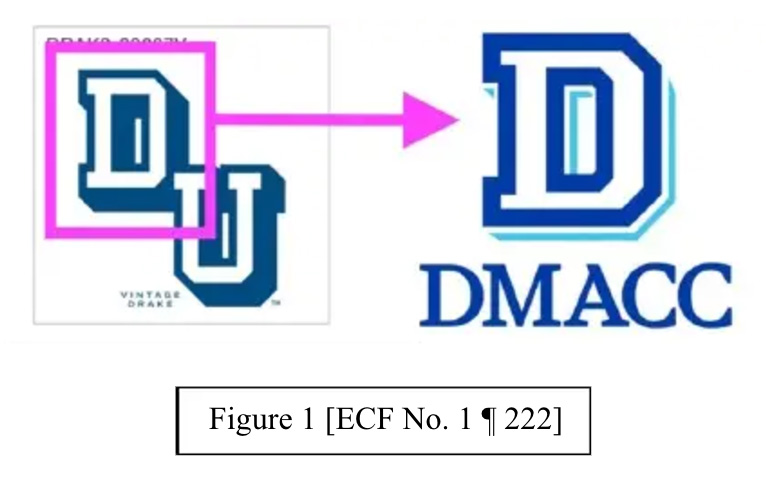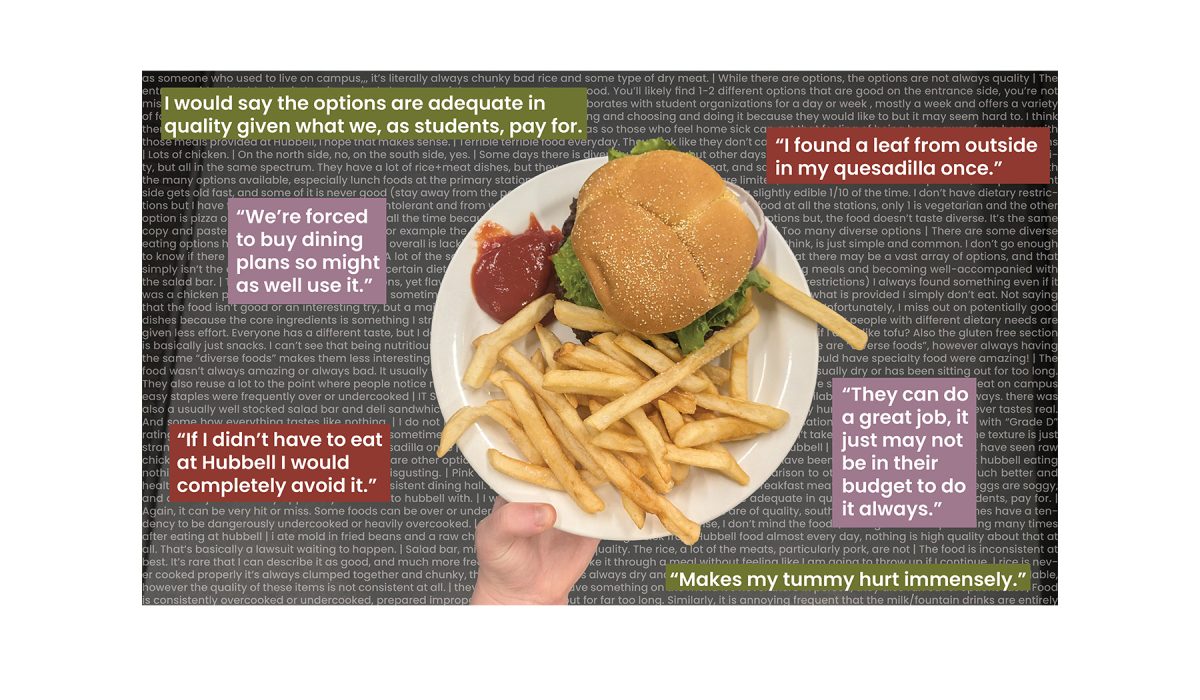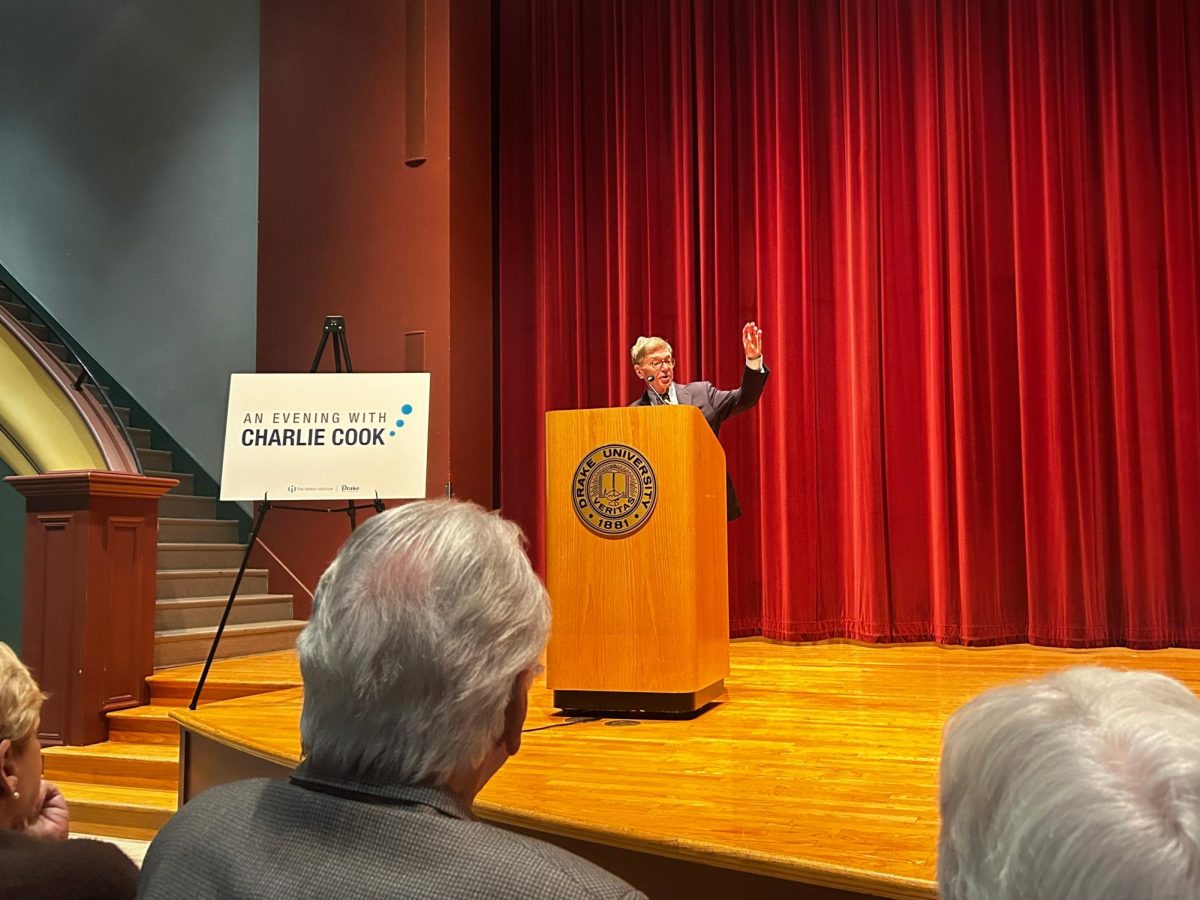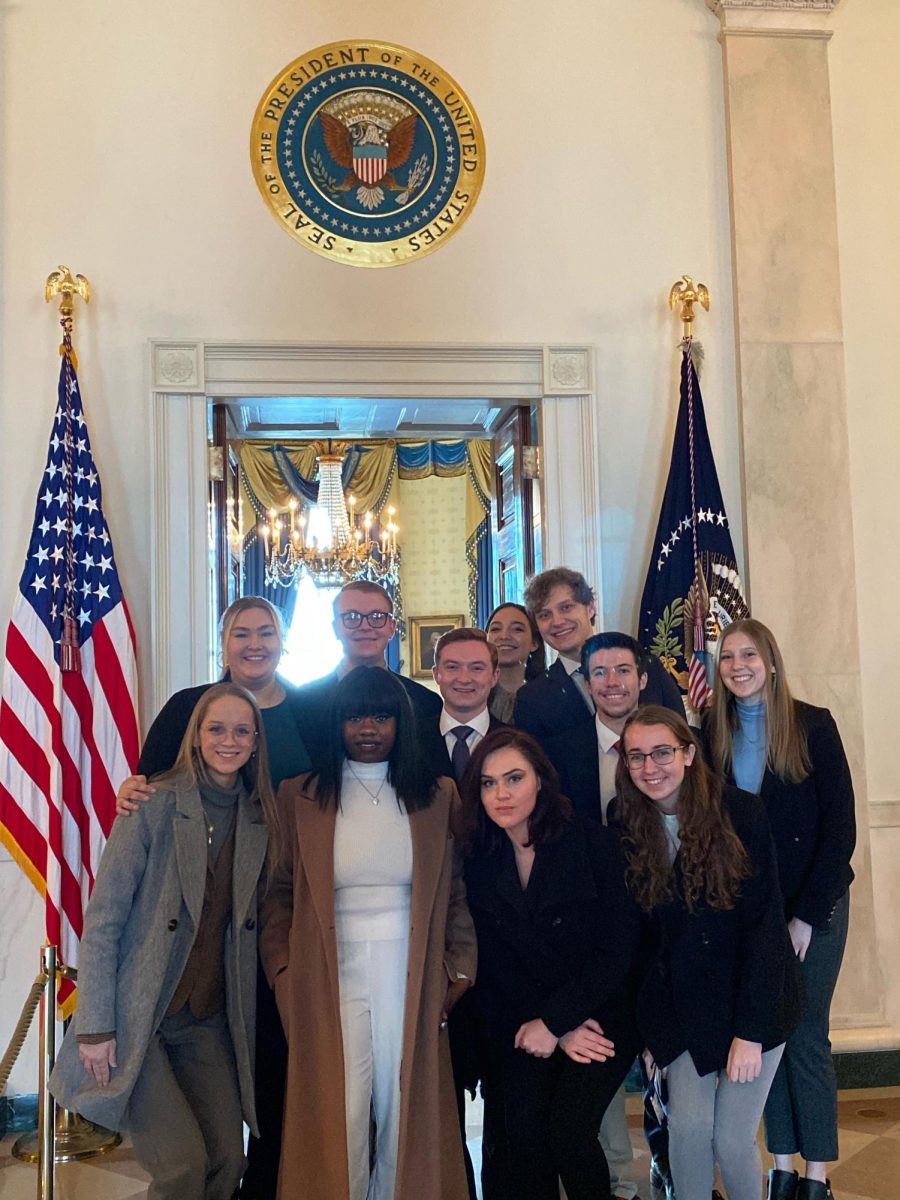Story by Austin Cannon
Drake University is widely regarded as a respected private institution of higher learning in both Iowa and the Midwest.
It is also, without doubt, a PWI, a predominantly-white institution.
Of the 5,139 undergraduate, graduate, pharmacy and law students enrolled at Drake in the fall of 2013, 11.75 percent are of a minority race.
Matt Martin, an admissions counselor and Drake graduate, concurred with the statistic.
“In terms of racial diversity, I don’t think we are (diverse),” Martin said, acknowledging the small, healthy “pockets” of minority students.
In a further breakdown of Drake’s internal data, 3.1 percent of students are black, 4.3 percent are Asian and a little over three percent are Hispanic.
Martin, an African-American who graduated in 2012 with degrees in theatre and public relations, has yet to see any improvement in terms of Drake’s racial landscape, only changes that could lead to possible improvement.
One of those changes is the introduction of the Crew Scholars Program.
The program, which is in its first year, consists of 20 minority students who, prior to entrance, receive scholarships and grants from Drake that equal no less than 50 percent of the their tuition.
The program is designed to provide a learning community for its members. The group meets with advisors and mentors every other week during the year to ensure high academic achievement.
In each member’s second year, he or she will become a mentor for that year’s incoming class of Crew Scholars.
For Martin, the program provides an incentive for potential minority students.
“That’s actually made it a lot easier, to be really honest, over the past year because that’s something I can cite as a program literally meant for students of color to be able to thrive here, to be successful here, to stay here and to get here in the first place,” Martin said.
A good foundation, perhaps, but there is still a distance to go.
“The Crew program will be helpful, but it is not a cure-all for this issue,” said Vice President for Admission and Student Financial Planning Thomas Delahunt in an emailed statement.
A possible explanation of Drake’s racial diversity, or lack thereof, is its location.
In 2010, the United States Census Bureau measured Des Moines as 76.4 percent Caucasian. The same year, it measured the state of Iowa as 91.3 percent white.
“For some people, depending on where they’re from originally, this isn’t going to be an attractive place, as a city,” Martin said.
The white landscape extends to Ames and Iowa City, too. The fall 2013 percentages of students of color at Iowa State and Iowa come in at 11.19 and 13.6 percent, respectively.
One way of recruiting more students of color could be to hire more faculty of color, which wouldn’t be easy.
“Those Ph.D.s out there, they’re in high demand, especially those of color, so as a result, we’re fighting with other schools that might have more money than us or maybe a different reputation,” Martin said.
Currently, 82.4 percent of the Drake faculty is white.
Numerous universities, including Drake, tend to feature students of color in their promotional material. In Drake’s case, a brochure featuring all white students would be more accurate.
“I’ve never thought of an issue or found it bad when maybe Drake does have a promotional piece where you see nothing but white kids because I think that’s a pretty accurate depiction of what your reality may be when you get here,” Martin said.
That PWI reality was part of how Martin found himself at Drake. Growing up in Little Rock, Ark., going to predominantly black schools, he had never experienced life as a minority. That was a life Drake could provide.
“That wasn’t the reality of the world. I knew that to function in this world, I had to understand what it meant to be a minority,” Martin said.
Percentages may provide insight into why students of color will or won’t attend Drake, but, in the end, it’s the individual’s decision.
“I think it’s all about how students feel,” Martin said. “Students of color, they talk very frankly about what they feel and what they see, and I think that’s more important than citing those hard numbers and statistics.”







Menos Espectro • Mar 10, 2014 at 6:55 pm
The title of this report is incorrect. It should read, “Racial diversity on campus is close to that of Des Moines.”
The shopworn term “Diversity” is now a classic shibboleth. It is practically devoid of meaning. What you and other writers who use this term actually wish to convey is, “we don’t have enough black folks enrolled” — never mind Hispanics or Asians.
But, your title is correct in this regard. Drake’s faculty sorely lacks ideological, religious, and ethnic diversity.
Hopefully you will do a follow-on piece that examines how many of Drake faculty are registered Republicans, Conservatives; Fundamentalist Christians; Orthodox Jews; devout Muslims; Hispanics; Asians, and Native Americans.
I am sure that the Faculty/Administration Establishment of Drake is willing to make efforts to ensure that it doesn’t look the same as long as it thinks the same!